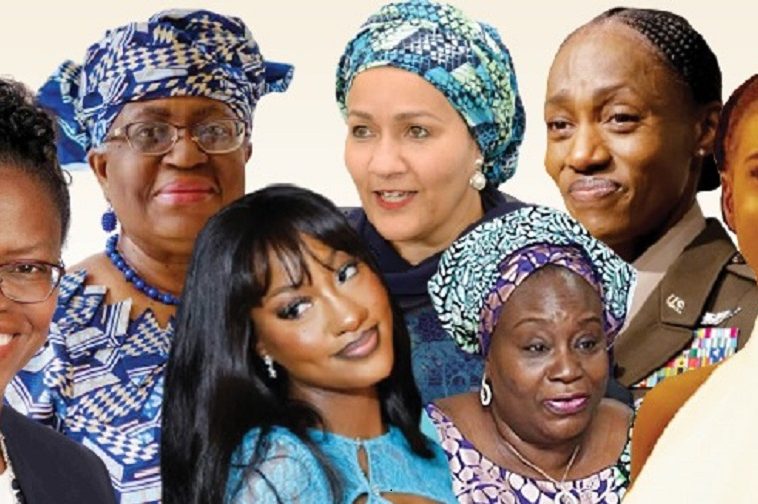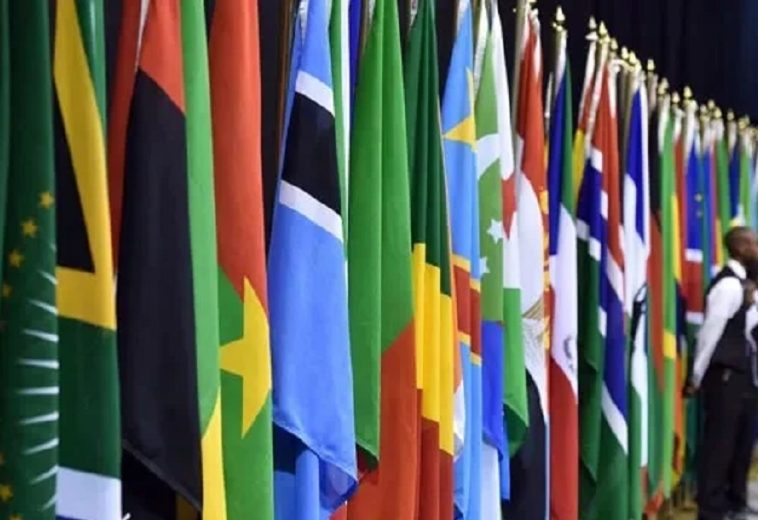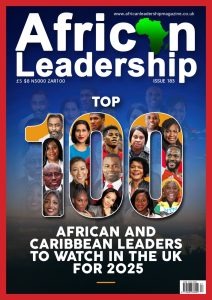African styles are rapidly becoming central to the global fashion landscape. We set trends, lead the way, and dress the world with our unique, rich cultural heritage—a source of pride and identity for humanity.
African designs, with their vibrant patterns and bold colours, are gaining global recognition, emerging as a major force in the fashion industry. Once overshadowed by international fashion hubs, African fashion is now making a remarkable return to the global stage, thanks to its distinctive design and craftsmanship.
Fashion is a significant industry in Africa. According to Euromonitor International, the apparel and footwear market in sub-Saharan Africa is valued at approximately US$31 billion.
The African fashion industry is broad, encompassing streetwear, haute couture, ready-to-wear, and sustainable fashion. The continent boasts a wealth of ancient skills and unique textile processes, some of which are UNESCO-recognised and protected.
UNESCO reports that Africa has the potential to become one of the world’s next fashion leaders. As a major producer of raw materials—37 out of 54 African countries produce cotton—the continent also exports textiles worth $15.5 billion annually, while importing textiles, clothing, and footwear to the value of $23.1 billion each year.
There is a growing demand for fashion made in Africa, particularly among young people. With under-25s making up 50% of the continent’s population and a burgeoning middle class constituting over 35%, new consumer markets are rapidly emerging. Moreover, Africa’s thriving digital sector is boosting intra-African trade and showcasing young talent.
The continent hosts 32 Fashion Weeks annually, reflecting its wealth of talent in haute couture, crafts, and apparel. Over the next decade, demand for African haute couture is expected to increase by 42%.
Social media has played a key role in this growth, with young African content creators using platforms like TikTok, YouTube, Instagram, and X (formerly Twitter) to promote African fashion to global audiences.
Several African countries have thriving fashion industries, with Nigeria, South Africa, Egypt, Ghana, Kenya, and Morocco leading the charge. From the bustling streets of Lagos to the serene landscapes of Cape Town, Africa is home to creative designers redefining global fashion.
In a UNESCO report titled The Fashion Sector in Africa: Trends, Challenges and Opportunities for Growth, Audrey Azoulay, UNESCO’s Director-General, remarked: “Fashion is truly taking off in Africa, and this report shows that it can develop even further. To achieve this, designers, professionals, and the entire production and distribution chain need more support from public decision-makers. The potential is enormous, not only for economic growth but also for youth inclusion, women’s empowerment, and the promotion of African culture globally.”
The continent’s rich cultural heritage and craftsmanship are embodied in leading designers such as Emmy Kasbit, Andrea Iyamah, Orange Culture, Veekee James, Loza Maléombho, Aisha Ayensu, Thebe Magugu, and many others.
With its talented designers, diverse cultural heritage, and expanding consumer base, Africa’s fashion industry has the potential to become a permanent global fashion capital. As the industry continues to grow and evolve, Africa’s influence on the international fashion scene will only strengthen, heralding a bright future ahead.




